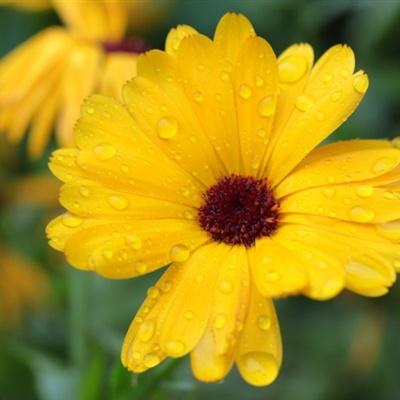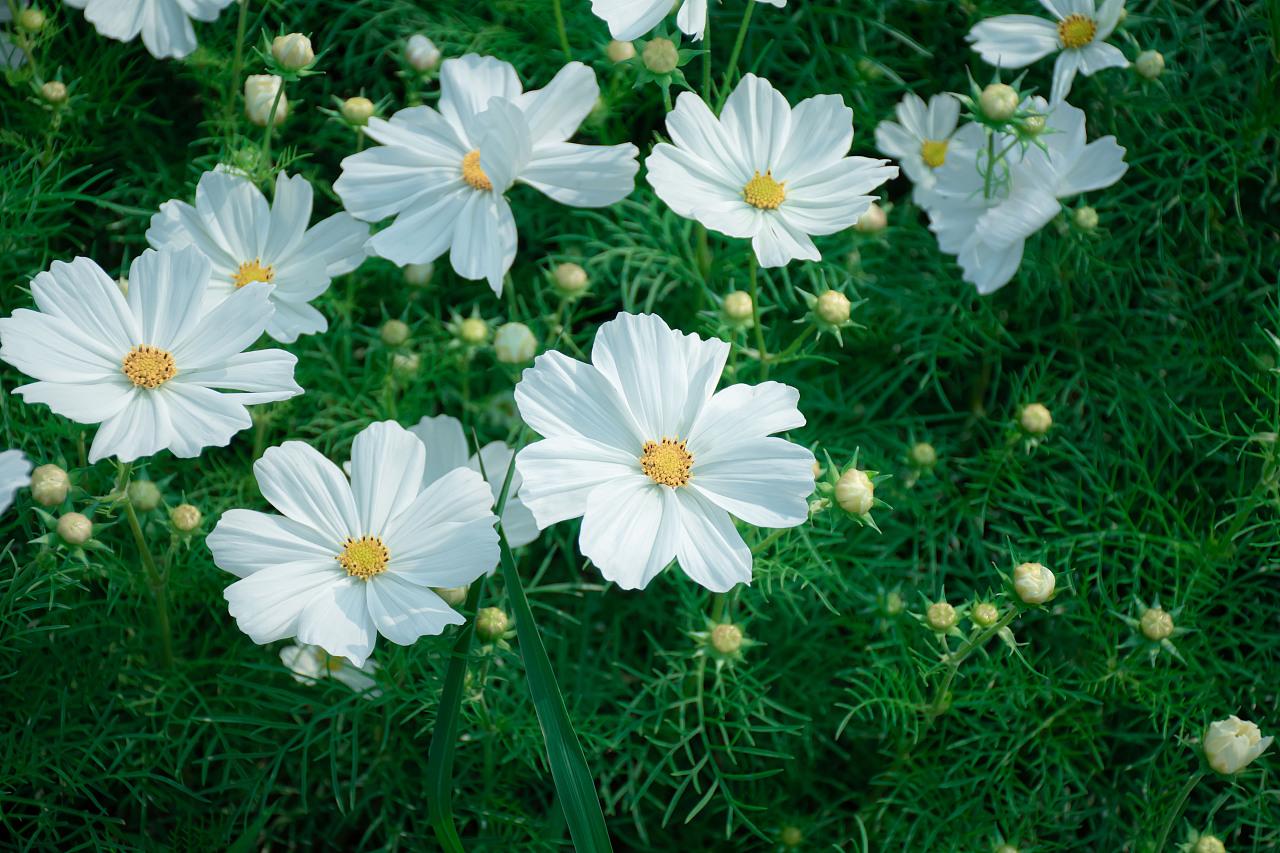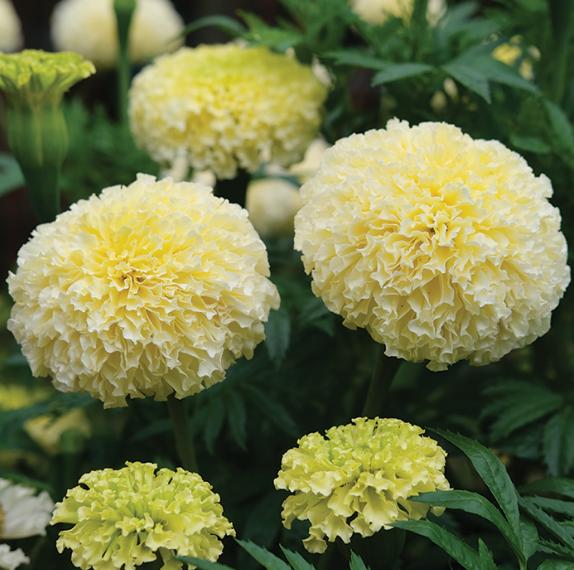Once upon a time, there was a plant called Anacampseros. It had vibrant colors and delicate petals that enchanted everyone who saw it. Legend has it that this unique plant possessed magical powers. It could heal ailments and bring joy to those who nurtured it. People from far and wide sought Anacampseros to experience its mystical properties. Its fame grew, and soon Anacampseros became a symbol of hope and enchantment. Today, this extraordinary plant continues to captivate hearts with its beauty and mystical aura, reminding us of the power of nature and the wonders it holds.
Picture
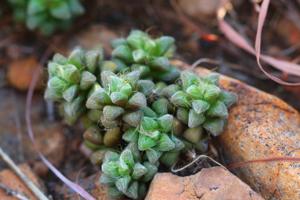
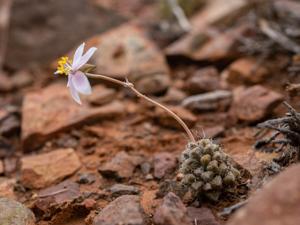
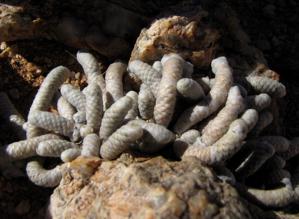
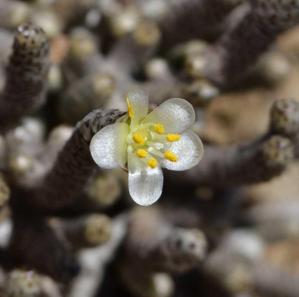
Plant some seeds now!
Short Description
The flower of Anacampseros rufescens is typical of the genus
Anacampseros subnuda illustrates one of the many variations in habitus within the genus
Anacampseros L. is a genus comprising about a hundred species of small perennial succulent plants native to Southern Africa, Ethiopia and Latin America. The botanical name Anacampseros is an ancient one for herbs supposed to restore lost love.
The Australian species Grahamia australiana was at one time included in the genus Anacampseros, but the entire genus now is regarded as Southern African, and no longer includes any Australian representatives.
Description
Plants in the genus Anacampseros are perennial. In habit they are small undershrubs or sprawling herbs that may form dense mats. Mature plants of many of the species form a small caudex or a tuberous root-stock. The leaves of most species are succulent and may be either lanceolate in shape or rounded.
The arrangement of leaves on a stem is alternate. The leaves in most species are closely spaced, and in some species they are small and more or less hidden by papery or filamentous fascicled stipules. Some species have sessile flowers, often in an involucre. Other species bear their flowers on racemose peduncles. In contrast to the alternately born leaves, the bracts are opposite and scarious. The flowers are actinomorphic with two caducous sepals and five fugacious petals. The petals may be white, pink, or even pale purple. The plants flower from time to time in summer, and open on sunny days only. The numerous stamens are attached to the bases of the petals. The style is split into three. The ovary is superior, and ripens into a three-valved unilocular capsule that contains many seeds on a free-standing central placenta. In some species the three valves are misleadingly split into six valves. The seeds are compressed and may be angled or have three wings.

